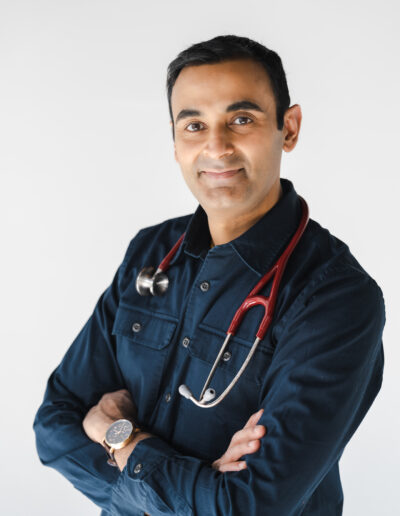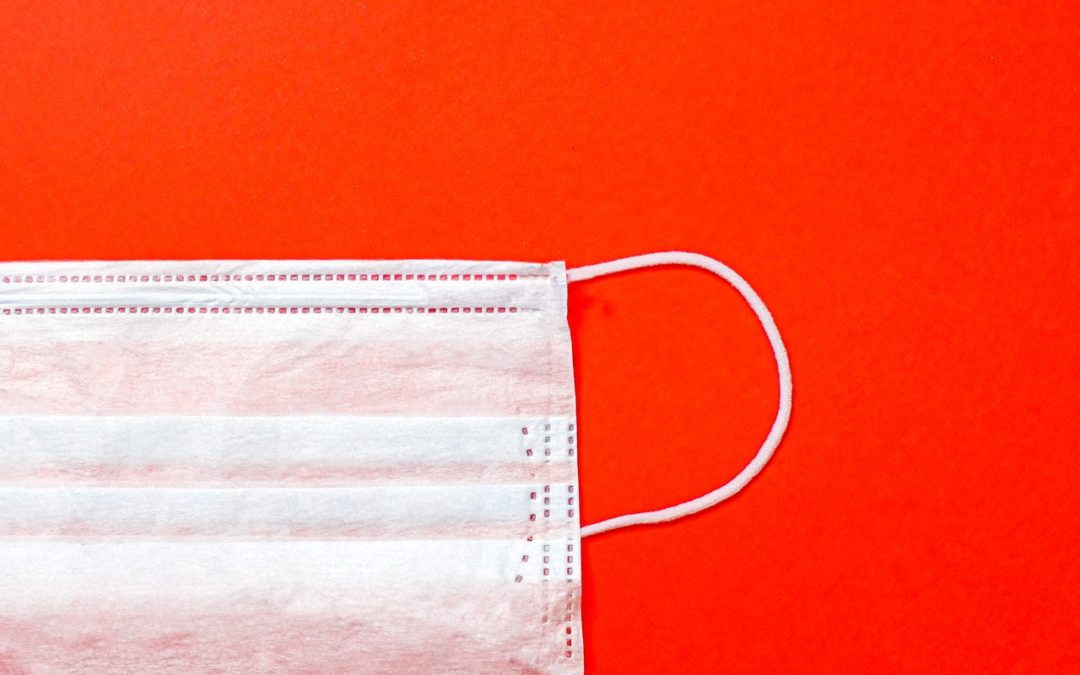Masks have become a must in all healthcare settings in the United States since March, and it’s difficult to imagine that changing anytime soon. February seems like a long time ago, when a doctor or nurse would be looked at very strange if you were anywhere but an Operating Room, walking around in a mask!
I’ve spoken before about how, on a pure human communication level, masks are a disaster for interpersonal skills development. Of course, we have to follow local public health guidelines and wear them right now, but hopefully this doesn’t last any longer than is necessary. 6 months of a pandemic won’t change 500,000 years of human evolution. We are literally built and wired to look at facial expressions in those around us. I sincerely hope I am not walking around in public wearing a mask in 5 years time.
That being said, we are where we are, and mask requirements in healthcare environments is something that will likely be with us for a very long while. As someone who has written and taught extensively about maintaining human communication in medical settings, particularly as it relates to keeping compassion and empathy at the core of healthcare, wearing masks whenever I’m talking face-to-face with my patients is something that bothers me from the communication standpoint. Being in hospital is a frightening time for our patients, who are usually at a very low point in their lives. Elderly patients who are already hard of hearing or confused, especially struggle with everyone wearing masks around them.
Here are 3 small things I do to help maintain that human connection:
1.Show the patient my face
Imagine entrusting your life to someone whose face you can’t even see. I am fortunate to work in hospitals with larger than average patient rooms. When I first walk into the room, I stand near the door, introduce myself energetically with a smile, and while standing several feet away— briefly lower my mask. As an abundance of caution, I even hold my breath for a couple of seconds while doing this! I want my patient to look me in the eye and see my face (hopefully I have a friendly smile that sets us off right away on a positive note).
2.Handshake
I was actually a fan of the handshake during any greeting, and I certainly wasn’t alone— the custom has been around since caveman times (initially as a way to show you are a friend, and in a dog-eat-dog world, prove you were not holding a weapon to harm that person!). The custom persisted for thousands of years, through unprecedented times of upheaval including empires, wars, and yes—prior deadly pandemics such as the plague. That is until 6 months ago. What I do now is after after I glove up, shake their hand either right at the beginning, or after, I’ve examined them and we’ve had our discussion. Perfectly safe thing to do with gloves on. I don’t want to not handshake my patients any more, and they all seem to like it too (in fact reflexly, a huge number are already reaching out with their hand as I walk over to them).
3.Speak with family
The ritual of loved ones surrounding your bed when you are sick, also goes back to ancient times. It’s a normal thing to happen, and I feel terribly sorry for patients suffering alone since the pandemic begun. I have encountered some (a minority) of nurses and doctors who seem to think it’s good for “hospital workflow”—but I find this viewpoint rather ghastly. I wonder how anyone would feel if the person they love most in the world was hospitalized, and they were unable to be with them. Fortunately now, most healthcare facilities have relaxed restrictions to at least allow one visitor at a time, after being screened at the entrance (although many people are nervous about coming into the hospital, and try to stay away). Nevertheless I miss those days that I would walk into a room and see an elderly patient beaming with delight when 3 or 4 family members, including their grandchildren, would be sitting with them— giving them encouragement.
I am very cognizant of our patients losing this, and therefore put in an extra special effort to call relatives and loved ones (usually while I’m still in the room with the patient). The anxiety suffered by those who are separated from their ill loved ones, is something no doctor or nurse should ever forget.
These are 3 small things that I do these days, while striving to deliver great medical care and of course— the most important goal: get our patients better. I am certain that masks and COVID restrictions have placed an additional barrier between us and our patients. It’s important we remember this, and do everything possible to not allow ourselves to become more distant from those we serve.


 Suneel Dhand is a physician, writer, and YouTuber. He is Co-Founder at
Suneel Dhand is a physician, writer, and YouTuber. He is Co-Founder at
I agree totally!! Very well articulated.
Hello Dr. Dhand,
If you work with pediatric patients, please, please relate the above to the parents. I’ve seen parents wearing masks while “interacting” with their baby. I can only imagine the emotional deficit that child will have as an adult. We need the more rational approach that you advocate. Please continue to spread the word.